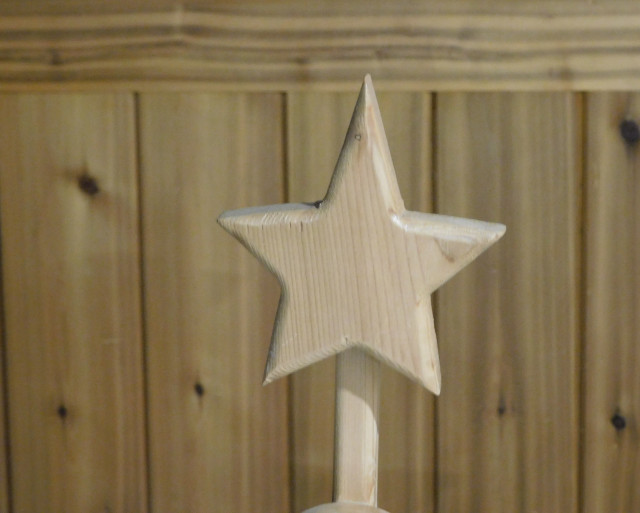Each month that goes by, it becomes harder to write for this blog. Times have changed since I first began in January 2019; I had no idea what was coming in public and in private life. Now, every topic that invites my attention turns confrontational before I’ve composed a suitable title; each story that wants to be told reveals too much vulnerability before I’ve reached the second paragraph; each joyous incident loses its inspiration as I try to put it into language. In the face of ever more polarized political discussions and seeming social disassociation, not to mention shifting and deceptive language, my creativity and courage seem to have both taken a leave of absence.
So, what follows is a whimsical, not necessarily cohesive, reflection on numbers. We can still all count the fingers on one hand, can we not?

One. The ideal. Oneness, unity, singularity.
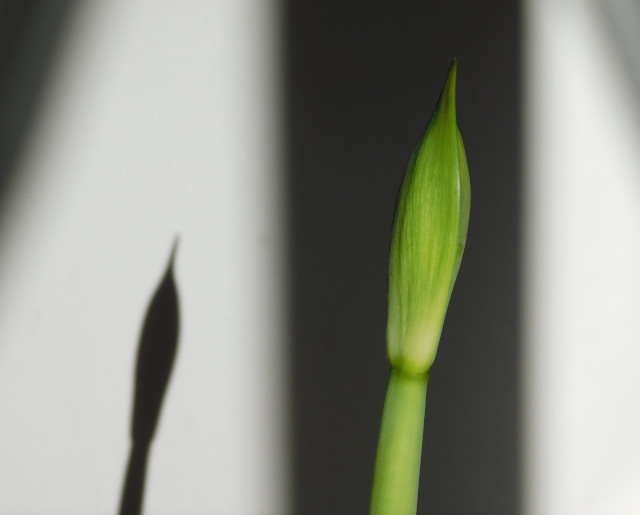
“That you may become one” is what Jesus prays in the Garden the night before his death. One is absolute, monological. It subsumes all difference. In heaven, so we’re told by mystical writers, One is Beingness itself. It is not possible to beg to differ, or rather, one would not ever want to differ.
On earth, however, One is dangerous. Look at the countries that have bowed the knee to the One. It is a fearful thing to live under a One. It is just too easy—and tempting—for an Absolute to degenerate into absolutism, for an ideal to slide into coercive ideology, not to mention the unsavory means by which a multiplicity of ideas can be bludgeoned into a single orthodoxy.
No, Sam, I do not like just one green egg.
No, Sauron, I am horrified by your single Eye. The One Ring must be destroyed lest all else be destroyed.
Two, then.
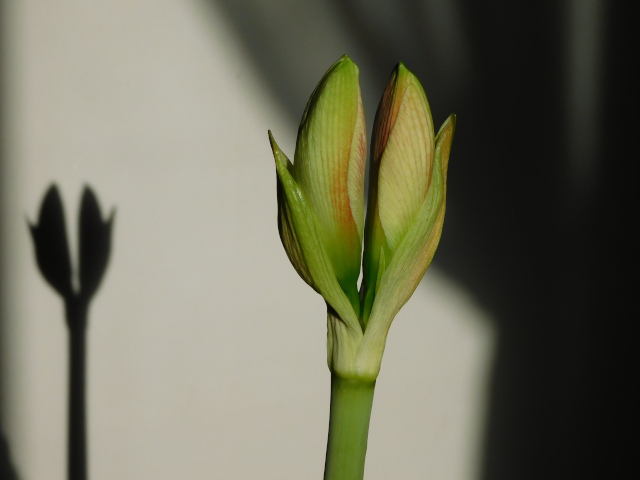
Two signals symmetry, evokes butterfly wings, holds up two hands. Two hands are held in companionship, if there is trust. It takes two to tango.
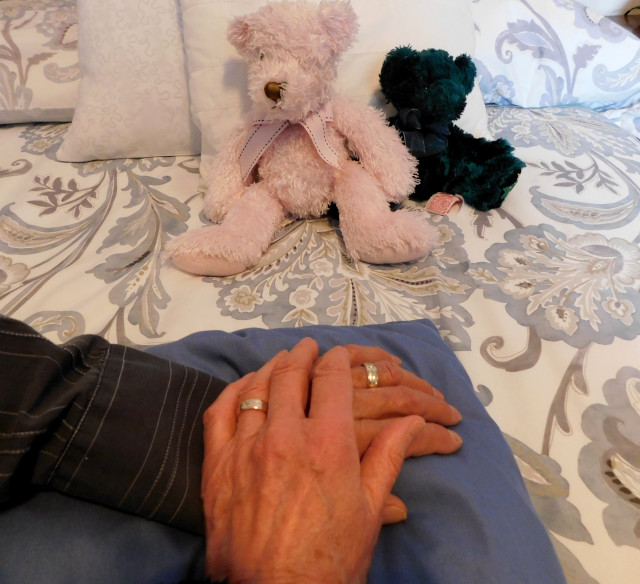
Two suggests balance, delicate and precise, equal and beautiful. Two is completion, yin and yang,
But Two is also duality, perpetual tension, oppositionality. Two too often longs to tear apart. Our beautiful tall linden tree has a trunk that exemplifies twoness – as the threat of a widening split loomed, we called in an arborist who put bolts through the trunk to prevent the inevitable tension outward in two directions. A split either way spelled disaster for our yard or for our neighbor’s vehicles.

Always that pull – the tug-of-war between breaking apart into two separate ones or the two becoming one which sets the stage for oneness to ask “which one?” Committees of two are a bad idea.
Threeness – yes. Three is inherently communion.
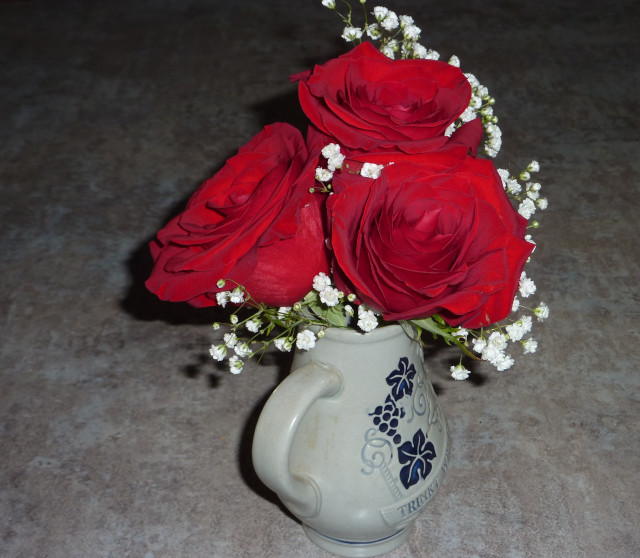
Three can form a circle, practice a circle dance. Three can negotiate, learn to make alliances, engage in conversation. Christian theologians have claimed that the Trinity must truly be inspired – for it offers us the strength of the One but softened, embodied in community. There are choices now among the three; this is not the starkness of Two’s either-or. Threeness gives us vocabulary for our complex nature: body, mind, and spirit.
Scientists exploring memory have said that our minds think in threes. One can memorize items in a long list by grouping them mentally into threes. Three sides create a triangle, an intrinsically strong structure; two triangles placed upon one another yield a Star of David. We have three dimensions by which we perceive our world—height, length, and depth. To lose one is to produce the world of Flat Stanley, impossible except in fiction.
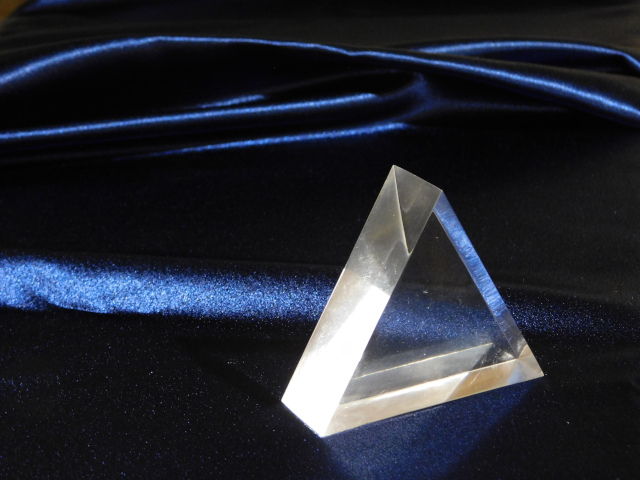
So is three the ideal? Not so fast. Ask any family with three children: the making of alliances (seemingly a good thing) can also mean exclusion. That business of two against one? Even a small child knows that that’s unfair, and children, of all people, detect unfairness long before it manifests itself. Mind you, committees of three are considerably more functional than committees of two, because it’s possible for two to agree and persuade or outvote the third.
Okay, Four then. Let’s hear it for Four.

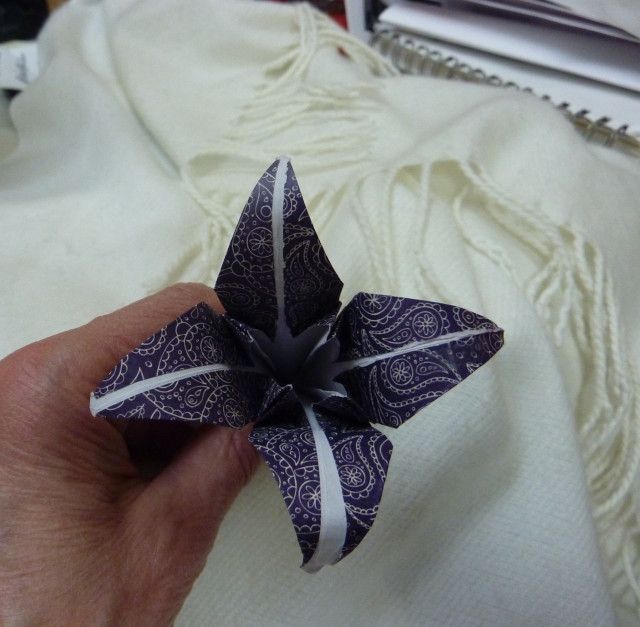
Those of us in countries further from the equator know about four seasons; we could not do without any of the Four. Four directions – in the Indigenous cultures of North America, the four directions have deep meanings, symbolized in the medicine wheel. The four quadrants of the wheel speak to the four parts of our being: physical, mental, emotional, and spiritual. All those parts of our being are inter-connected, just as we are connected to others in our relationships.
Medieval thinking offered us four elements (earth, air, fire, water), four humors (phlegm, blood, yellow bile, and black bile) which corresponded to four personality types (phlegmatic, sanguine, choleric, and melancholic). Four seems instinctive. It restores the symmetrical beauty of Two without the duality.
And yet, something about Four smacks of two Twos with precisely that break-apart tension. Think of committees of four: they’re workable because work can be divided among four people and the burden lessened. They’re most functional when complete consensus can be achieved, but can be miserable when the afore-mentioned alliances come into play. Nothing declares, of course, that Four must divide into opposed Twos. Each One within the Four could claim its own delicate poise, celebrate individual uniqueness like the seasons or the directions.

Still, I can’t help remembering the instructions of an experienced gardener: “never put an even number of plants into a pot. It will look awkward, artificial, squarish in a way that undoes the beauty of the flowers.”
So, nothing even? Is balance too tippy to be managed for long? Five it is then.

All hail to five: a prime number, the precise number of fingers on each hand, the number of our senses (sight, sound, touch, smell, and taste), the points of a star, five pillars of Islam (the holy obligations), five times of the day for prayer in Islam, five books of the Law in the Hebrew Bible, five wounds of Christ, and . . . . .
I’m beginning to see patterns here, themes. Human beings cannot help but seek meaning in all things, which means, among other things, that we are enmeshed in overlapping webs of interrelatedness. Numbers do not stand alone, after all. Even prime numbers work in equations, can be divided into smaller numbers; even One – as my pictures indicate – imply one of something . . . .
Human beings cannot help but seek meaning in all things, which means that we are enmeshed in overlapping webs of interrelatedness.
As philosopher Ken Wilbur explained in A Brief History of Everything, one atom is whole in itself but belongs to a molecule, which is whole in itself and part of a cell, which is whole in itself and part of a whole organism, and so on. One stone is singular, but part of the landscape and belongs to whole genus of stones. Even a symbol, or an image or a concept – always part of a whole. Everything and everyone is a “holon,” a part of something else.
Then it is hardly surprising that human beings create meaning by thinking and speaking symbolically. Five means something, so does fifteen or thirty-three. It’s not just the magic of numbers in their dance with one another (and they are magical – ask any mathematician), but our compulsion to enchant almost any number into significance. Think about the shorthand of 9/11, 24/7, 666, the eleventh hour of the eleventh day of the eleventh month; and then there’s numerology, the practice of connecting numbers to alphabet letters in order to find all manner of mysteries and prophecies and conspiracies.
There it is: even a light-hearted speculation about numbers has led me, repeatedly, into a swamp where the lushest of foliage cannot hide dark shapes in the water.
Thus, I have decided to take something of a holiday from blog-writing. Let 2023 become a new beginning (sometime or other), perhaps with a different look and/or focus.
I wish all of my readers a wonderful holiday season. Happy Hanukkah! Merry Christmas! Happy New Year!
